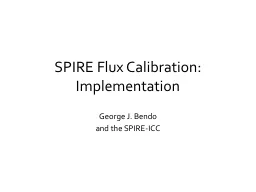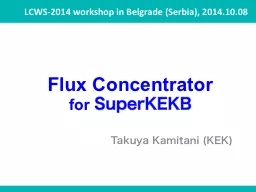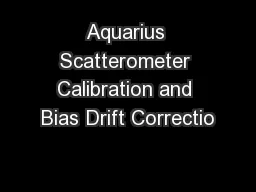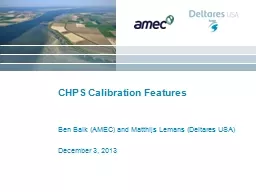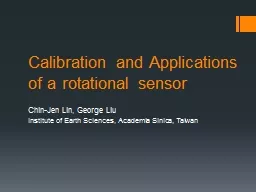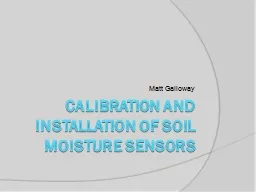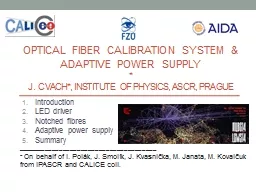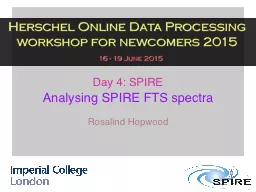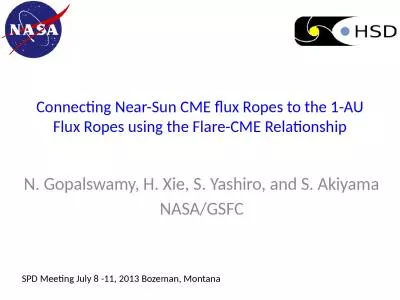PPT-SPIRE Flux Calibration: Implementation
Author : tatiana-dople | Published Date : 2017-11-09
George J Bendo and the SPIREICC Basic Equations Derivative of flux calibration curves from empirical analysis Flux calibration curve integral of above equation V
Presentation Embed Code
Download Presentation
Download Presentation The PPT/PDF document "SPIRE Flux Calibration: Implementation" is the property of its rightful owner. Permission is granted to download and print the materials on this website for personal, non-commercial use only, and to display it on your personal computer provided you do not modify the materials and that you retain all copyright notices contained in the materials. By downloading content from our website, you accept the terms of this agreement.
SPIRE Flux Calibration: Implementation: Transcript
Download Rules Of Document
"SPIRE Flux Calibration: Implementation"The content belongs to its owner. You may download and print it for personal use, without modification, and keep all copyright notices. By downloading, you agree to these terms.
Related Documents

